Nordpeis Orion User manual
Other Nordpeis Stove manuals
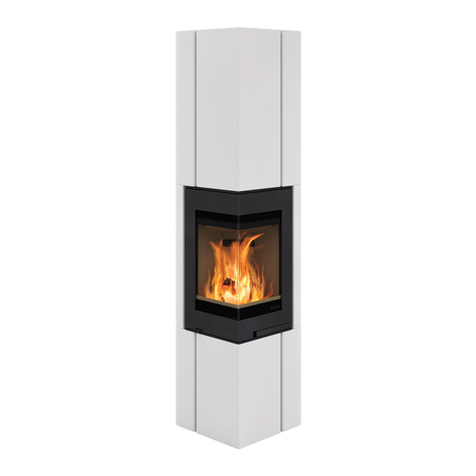
Nordpeis
Nordpeis Havanna User manual
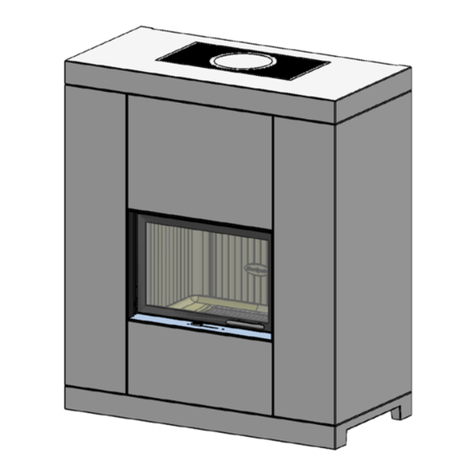
Nordpeis
Nordpeis Barcelona User manual
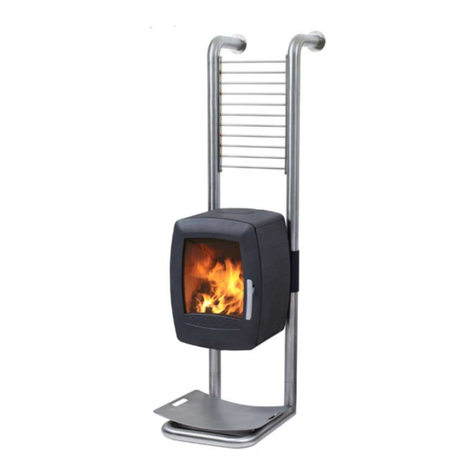
Nordpeis
Nordpeis Smarty Rails 115 User manual

Nordpeis
Nordpeis Monaco A Low Base R + Bench User manual

Nordpeis
Nordpeis Atlanta Series User manual
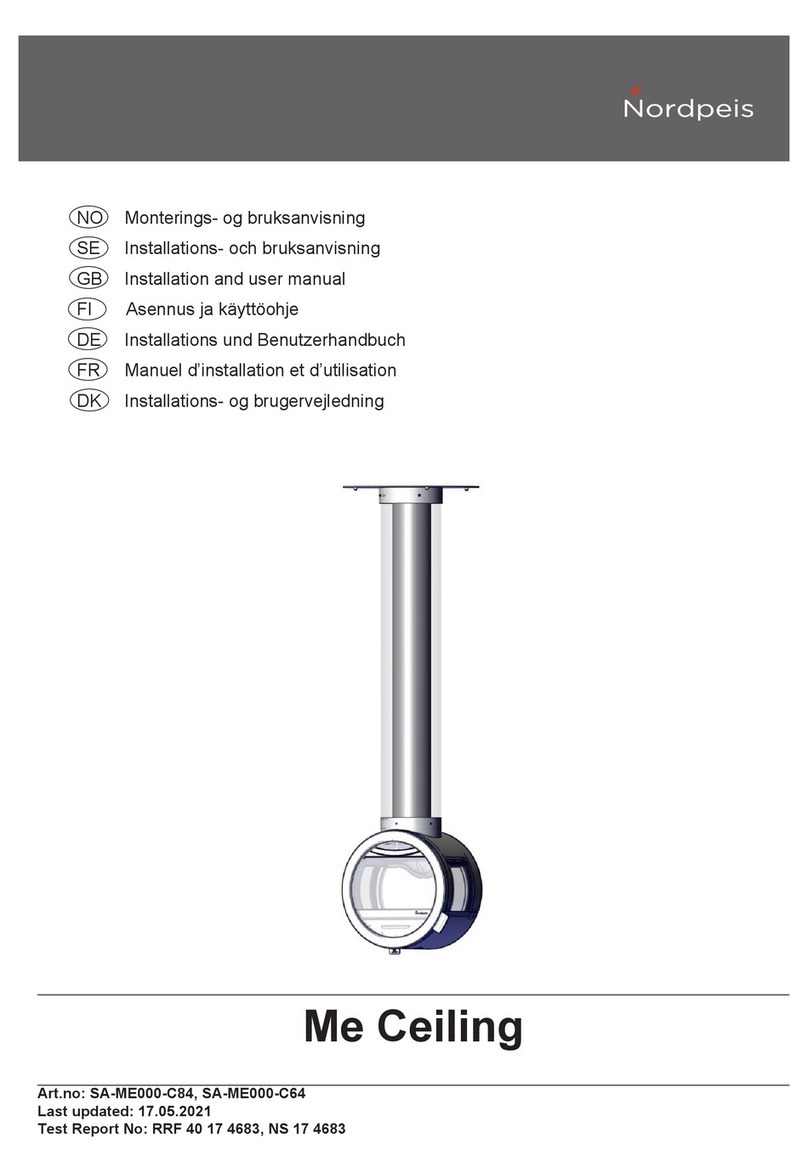
Nordpeis
Nordpeis SA-ME000-C84 User manual

Nordpeis
Nordpeis N-21A Exclusive User manual

Nordpeis
Nordpeis Verona Corner User manual
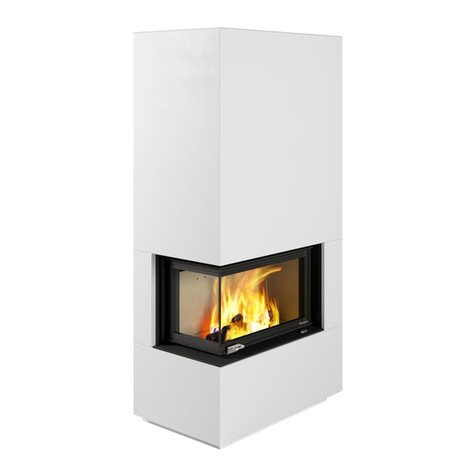
Nordpeis
Nordpeis Monaco C Low Base Left + Bench User manual

Nordpeis
Nordpeis Me Basic User manual

Nordpeis
Nordpeis Quadro User manual

Nordpeis
Nordpeis Q-34AL - Powerstone User manual
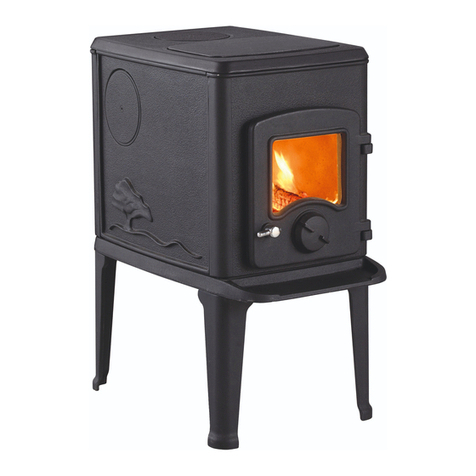
Nordpeis
Nordpeis Orion User manual

Nordpeis
Nordpeis Vega User manual

Nordpeis
Nordpeis Manhattan II User manual
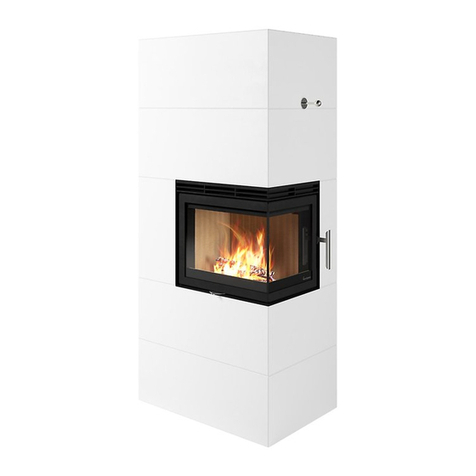
Nordpeis
Nordpeis Salzburg C User manual
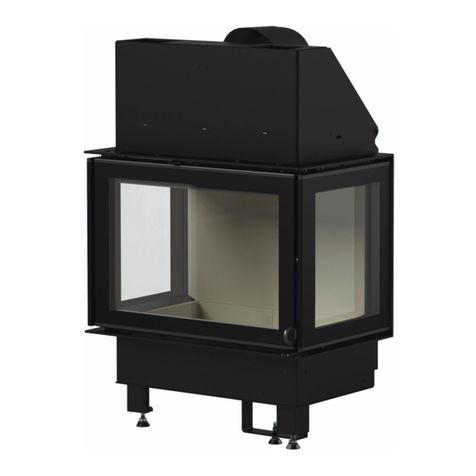
Nordpeis
Nordpeis N-20 U User manual

Nordpeis
Nordpeis Orion User manual

Nordpeis
Nordpeis Smarty SN-00005 Series User manual
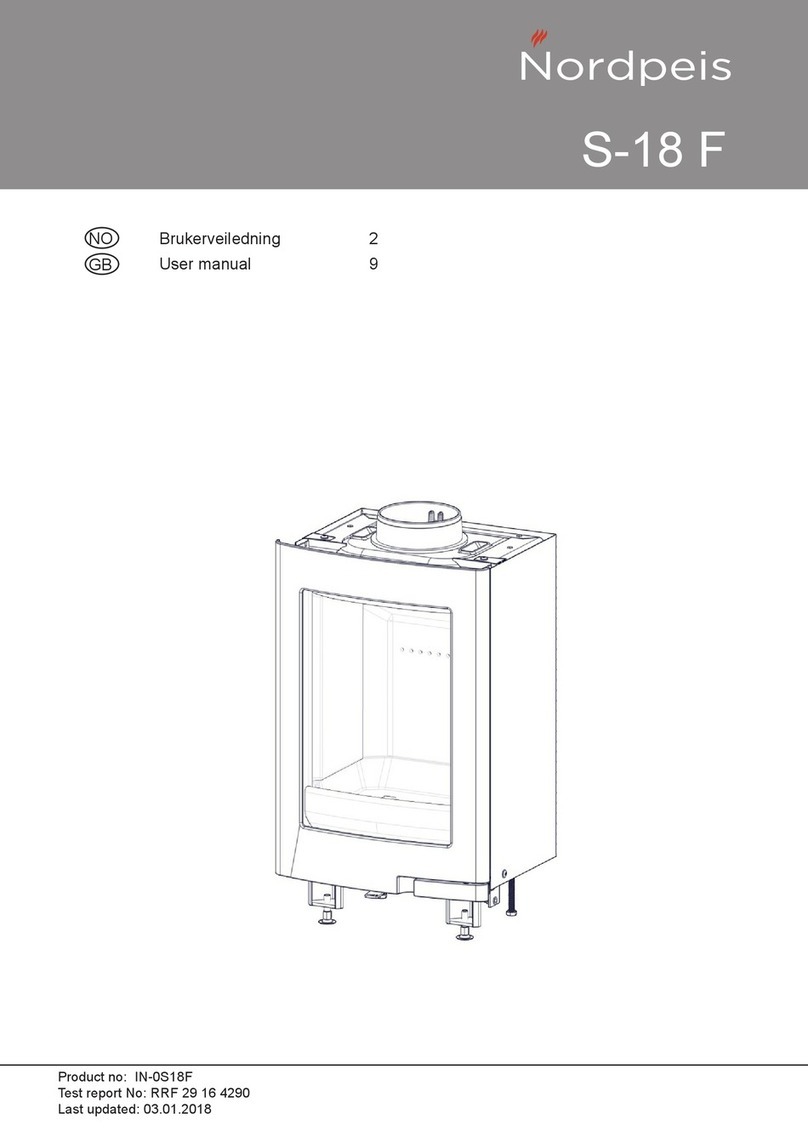
Nordpeis
Nordpeis S-18 F User manual
Popular Stove manuals by other brands

Arada
Arada Cassette Stove installation guide

HearthStone
HearthStone Stowe DV 8321 Owner's manual & installation guide

Cattara
Cattara FAMILY manual

Stanley
Stanley Argon F500 OVAL Installation and operating instructions

Avalon
Avalon B-VENT instructions

Exquisit
Exquisit EKC601-5 Instructions for use and installation

Stanley
Stanley Oisin Oil MK II Installation and operation instruction

Thermocet
Thermocet Brookfield S/CC Operating and installation instructions

HASE
HASE delhi operating instructions

Vermont Castings
Vermont Castings Intrepid 2 User instructions

Italiana Camini
Italiana Camini CLASSICA Installation, use and maintenance

Avalon
Avalon Vashon Avanti DVS FS manual

Spartherm
Spartherm ambiente a1 Installation and operating manual

Dimplex
Dimplex MCFSTV12AU manual

Warmlite
Warmlite WL46040 manual

Regency
Regency Ultimate U39E Series Owners & installation manual

Barton
Barton FH-AMP8745 Manual and Operating Instruction

United States Stove Company
United States Stove Company Ashley AP60 Owner's operation and instruction manual













